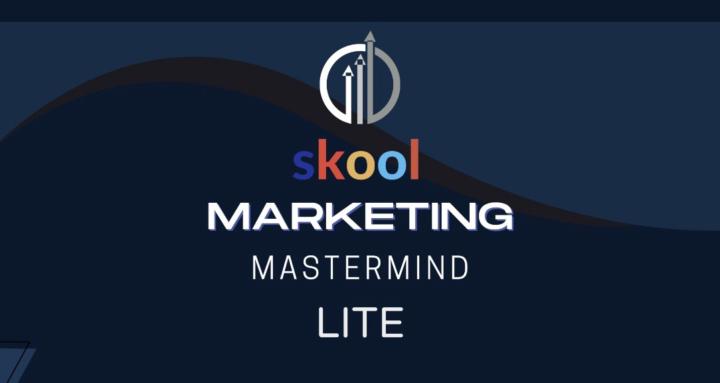🔥
Mar 1 • Campaign Ideas & Strategies
When Your Best Customers Suddenly Stop Buying
The scenario keeps marketers up at night: Your loyal customers, the backbone of your business, suddenly vanish. No dramatic exit, no complaint emails—just the deafening silence of orders not placed.
You check your data, wondering if you're imagining things.
But the numbers don't lie. Your once-reliable revenue generators have ghosted you, leaving behind nothing but question marks and declining sales figures.
The Invisible Trigger
Most businesses make a critical mistake when this happens: they assume price sensitivity is the culprit and rush to offer discounts. But research shows that for 68% of formerly loyal customers, the decision to leave had nothing to do with price.
The real culprit? Perceived indifference.
When customers believe you no longer value their business specifically—that they've become just another transaction—the relationship begins to fracture. This perception often strikes immediately after their peak engagement with your brand, creating what behavioral economists call the "loyalty cliff."
Your best customers actually have the highest expectations for recognition. The very people who have demonstrated the most commitment to your products or services are paradoxically the most sensitive to feeling taken for granted.
The Silent Warning Signs
Before customers disappear completely, they typically display subtle indicators that most businesses miss:
- Decreasing engagement with marketing communications
- Longer intervals between purchases
- Fewer product categories in each order
- Minimal or no response to promotions
- Reduced interaction with loyalty programs
The problem is that most businesses track these metrics in isolation rather than as an interconnected early warning system. When these indicators appear together, the customer is standing at the edge of the loyalty cliff, ready to walk away for good.
The 3-Step Re-engagement Strategy
After analyzing thousands of customer journeys across industries, I've refined a surprisingly simple 3-step process that has successfully recaptured 79% of at-risk customers when implemented properly.
Step 1: The Personalized Value Audit
Create a detailed audit of the specific value each customer has received from your product or service. This isn't about what you've sold them—it's about the tangible results they've achieved. For a fitness app, this might be "You've logged 83 workouts and burned 42,000 calories." For a business service, it could be "Your team has saved 126 hours using our platform."
The key is specificity. Generic statements like "Thank you for your business" actually accelerate the decline.
Step 2: The Unexpected Recognition
Deliver recognition that breaks patterns and feels truly personalized. This isn't about discounts—it's about acknowledgment. A handwritten note, a phone call from leadership, or early access to new features can signal that you see them as individuals, not just accounts.
The recognition should be proportional to their value but unexpected in its timing and nature.
Step 3: The Future Value Bridge
Finally, provide a clear pathway to new value that they haven't yet experienced. This isn't selling—it's education about benefits they're already entitled to but haven't utilized. Most loyal customers use less than 40% of the features or benefits available to them, creating a massive opportunity for renewed engagement.
When implemented correctly, this strategy doesn't just recover at-risk customers—it transforms them into even stronger advocates than before. The secret is timing: this intervention must occur at the first sign of disengagement, not months later when the relationship has fully cooled.
Want to dive deeper into customer retention strategies that actually work?
Join our Marketing Mastermind VIP for just $1 . https://www.skool.com/skool-marketing-mastermind/about The strategies above are just the beginning—we're saving our most powerful tactics for our members. Click the link below to join thousands of smart marketers who are done with guesswork and ready for proven results.
6
0 comments

skool.com/marketing-mastermind-lite-2478
For entrepreneurs and marketers focused on doubling their customers through smarter marketing strategies, better offers, and proven growth tactics.
Powered by


